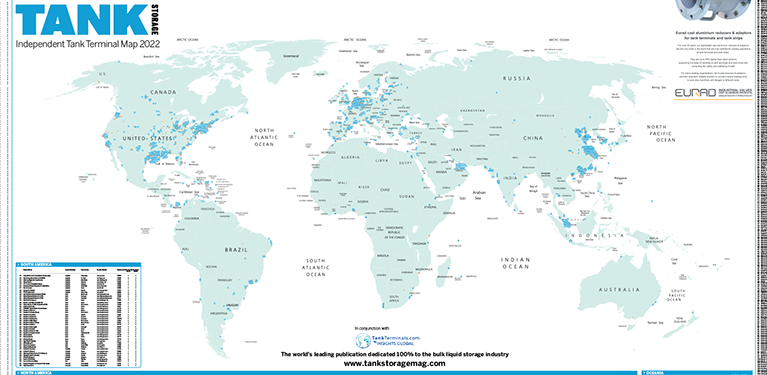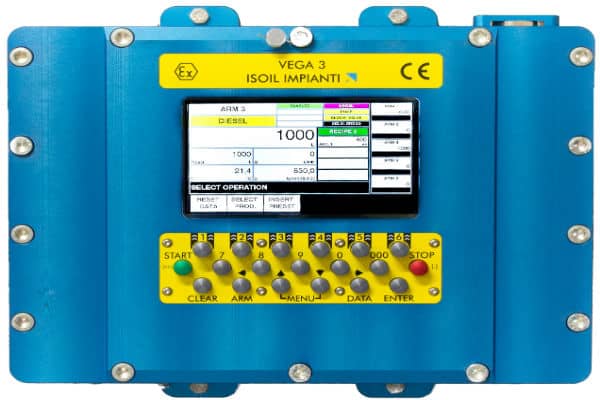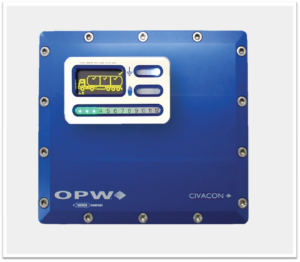Flow metering in oil industries has a long and established history both for flow meters and indicating devices.
The indicating device has undergone a significant change over the last few years, from the original mechanical indication to the electronic register, flow computer up to automation and data handling integration.
Isoil remains a part of this established history, starting from a mechanical register, moving to the first explosion proof register and batch controller in the 1980s before producing the VegaII.
Now the company is bringing Vega3, with multiprocessor modular architecture, to the market.
The concept behind the product is to create one device that can be applied throughout terminal applications, from a single meter on pipeline up to multiple arms on a loading bay including blending and additives.
Thanks to advances in current technology it was possible to develop a multiprocessor system that become a single virtual instrument with a single human machine interface independently by the number of devices connected.
Vega3 is designed by a single microprocessor card dedicated to a double metering line with a dedicated hi-speed network capability to be connected to other microprocessor cards. Thanks to an advanced operating system, all microprocessors are networked to become a single ‘virtual machine’. This means all data can be viewed by operators and external devices, including computers for control rooms and data systems, as a single machine.
Vega3 incorporates maintenance and operational knowledge from a single pipeline to the most complex multiple arms, blending and additive loading bays.
The flat compact case allows for easy installation, a large number of connections and cost savings in extra cabling and junction boxes. It also has a dedicated case for each group of two meters. A large interconnecting box is not necessary as the connection between the module is made via an Ethernet cable.

Chart Industries’ New Technology Delivers First LNG in Mexico
Chart Industries, a leading global solutions provider to clean energy and industrial gas markets, announces that its Integrated Pre-Cooled Single Mixed Refrigerant process technology delivered First LNG at New Fortress


